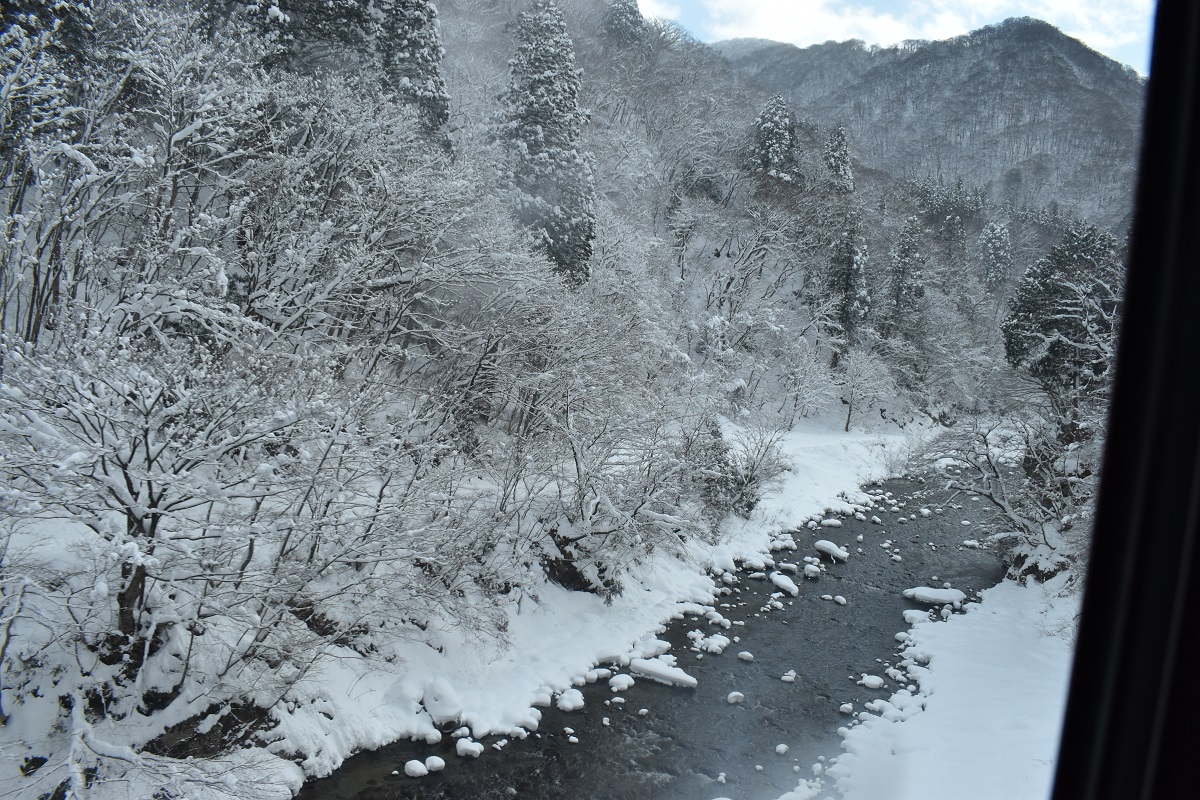Nagasaki Lantern Festival is just like the setting of “Spirited Away” produced by Studio Ghibli. The place where the main character, Chihiro, gets lost is a town decorated with lanterns. The pigs that appear in the story also appear as offerings, and the dragon that appears in the dragon dance is a deity that saves the main character. The rambunctious giant baby is part of the lantern decoration. You’ll have to find the witch lady and No-Face yourself.
The Nagasaki Lantern Festival venues are spread across the city, so it is difficult to see everything in one night. Depending on the venue, the lanterns are lit from 12:00 or 15:00, so I planned a route based on that, visiting the venues that were lit up earlier first and the venues where events were held later.
But even though it was winter at 15:00, Nagasaki is the westernmost part of Japan, so it was still light all around. When the lanterns are lit at 15:00, you won’t even notice them unless you get close to the statue.
In the end, I only managed to see the heart stone at 15:00 on Meganebashi(Spectacles) Bridge, and had to wait until it was completely dark before going back to see the yellow-toned lanterns.

Before lighting the lanterns, we recommend taking a leisurely stroll around Tojin-yashiki(Chinese houses district), Sofuku-ji Temple, and Kofuku-ji Temple, to think back to Nagasaki’s role as a gateway for trade with China. While the Dutch were confined to Dejima artificial island, the Chinese were restricted to living in a cone-shaped area. This is called Tojin-yashiki(Chinese Houses district), and an event is held in which people light candles and pray in four halls that were built for each of the Chinese people’s hometowns. Each hall enshrines the same god, but each one has a slightly different look. It consists of Kannon Bodhisattva, who is said to grant various blessings, Guan Yu, the god of business, Mazu (Empress of the Sea), who is prayed for safe voyages, and her companions, Clairvoyance, who can see things far away, and Wind-earing, who can hear sounds from afar. When the Chinese arrived in Nagasaki, they carried the statue of Maso enshrined on their ship to the Mazu Temple on the ground to give thanks for safety on the sea.
From here, you can cross a hill, view the 800-year-old camphor tree in Daitokuji Park (try the ume-gae mochi, closed on Wednesdays), and go through a seedy, narrow alleyway to reach the red-light district of that time.
From here, you can walk along the foot of the mountain to Sofuku-ji Temple with two gates as National Treasure, then the “Hamanmachi” venue, which has an arcade and where lanterns are lit from noon, and Kofuku-ji Temple, which is home to Manpuku-ji Temple, the head temple of the Zen(Obaku) sect in Kyoto (Hotei is the principal deity).
At Kofukuji Temple, the gate of the former Chinese residence has been relocated, and there is the remains of the building where Ryoma Sakamoto used to chat with Chinese people (destroyed by the atomic bomb). On the way, you will pass through a long, snobbish shopping street, and you will notice that there are so many closed shutters (FOR SALE signs).
After this, I passed by the Meganebashi(spectacles) Bridge, where the lights were turned on at 15:00, but it was too bright around me to see the lights. It was so cold with the snow and wind that I waited out the darkness at a nearby tea shop.
There are flashy lantern decorations and a stage for performances in Shinchi Chinatown venue. There were also 10 pig’s heads offered as offerings in the venue, but there was a sign posted saying that they were real.


For some reason, Okinawan Acer dance was also being performed at the main venue, Shinchi Chinatown, but Nagasaki is most famous for its dragon dance. Having seen the simple dances in Yokohama Chinatown, I didn’t have high expectations, but I was moved by the soulful dancing and the loud sound of the longest trumpets I had ever seen (longer (2m) and thinner than the vuvuzelas I saw at the FIFA World Cup in South Africa). The dragon dance is said to have developed from a rain-making ritual, and depicts a dragon swallowing a sphere representing the sun and moon, summoning rain clouds. On the other hand, the ceiling of the Buddha hall of the Zen temple also has a dragon painted on it, which is said to protect the Buddhist teachings and bring rain of teachings.
It was already dark, so I rushed to the bus stop near the main venue to take the free shuttle bus that I had booked online from 12:00 on the day to the ropeway station, but the bus never came. When I checked online, I found out that the ropeway was not operating today due to strong winds and snow. There was nothing else to be done, so I decided to take the tram back to see the lanterns at Meganebashi Bridge.


In addition, the free shuttle bus that goes to the ropeway station can only be booked online if your boarding and disembarking locations are the same, but there are only four buses per day and evening, so you should make your reservation online just noon.
By the way, the remaining two of Japan’s three greatest night views are Mt. Hakodate, which was cloudy and we couldn’t see anything when we got up there by ropeway, and Mt. Maya in Kobe, which we didn’t have time to see during 15-hour survival traverse race of the entire Rokko mountain range.


















































































